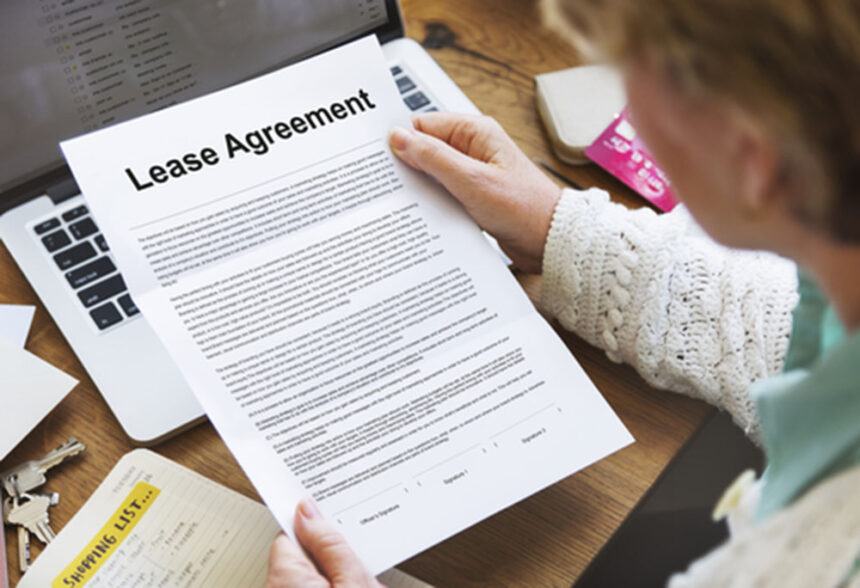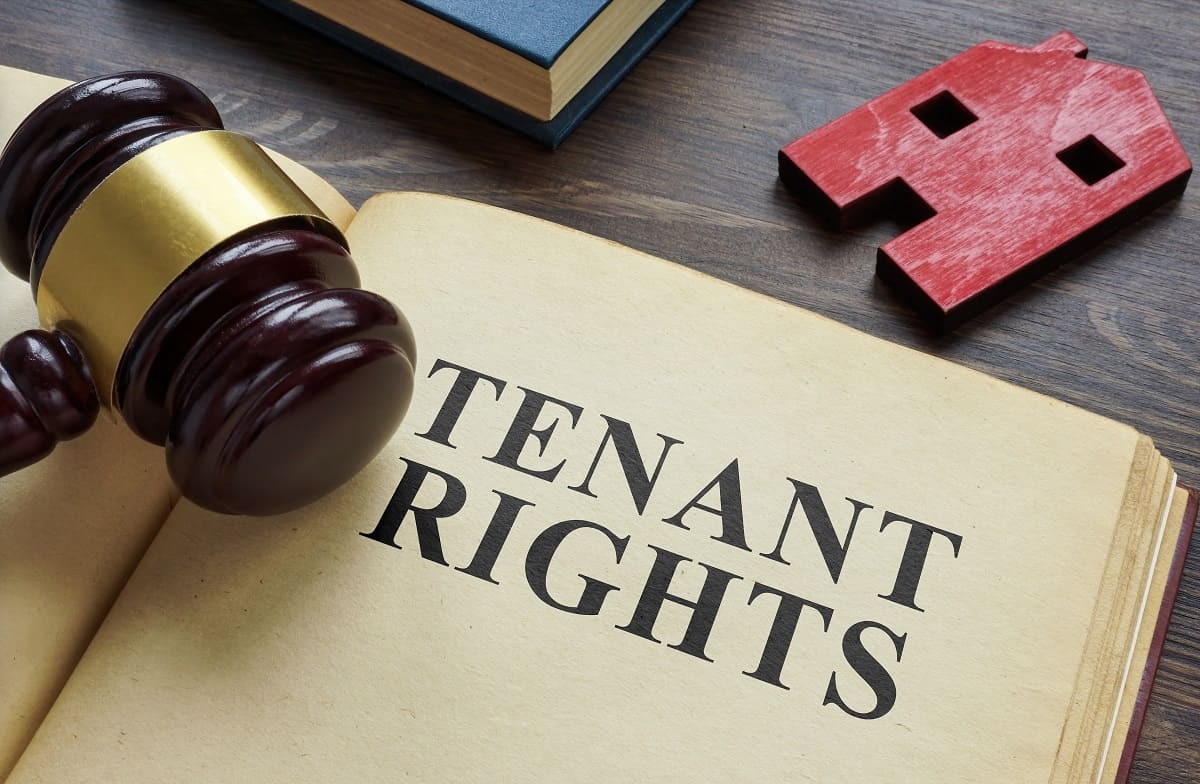Lease agreements form the backbone of most rental arrangements, whether residential or commercial. These contracts outline the terms under which a tenant may occupy a property and define the landlord’s obligations in return.
While they may appear straightforward, lease agreements carry legal weight, and misunderstanding or ignoring their terms can lead to disputes, financial losses, or eviction. Knowing your rights and responsibilities under a lease is crucial for both tenants and landlords.
Key Elements of a Lease Agreement
A lease agreement typically includes several critical components:
- Lease Term: Specifies the length of time the tenant is allowed to occupy the property. Terms can range from month-to-month arrangements to multi-year leases. Understanding the duration and conditions for renewal or termination is essential to avoid penalties.
- Rent and Payment Terms: Clearly outlines the rent amount, due date, acceptable payment methods, and penalties for late payments. Tenants should confirm all fees, including security deposits, utilities, and maintenance charges.
- Security Deposits: Most leases require a security deposit to cover potential damages or unpaid rent. The lease should specify the deposit amount, conditions for withholding, and procedures for returning the deposit at the end of the lease.
- Use of Property: Details permitted uses of the property, including occupancy limits, restrictions on business activities, and rules regarding pets or modifications. Violating these terms can lead to lease termination or legal action.
- Maintenance and Repairs: Specifies responsibilities for upkeep, repairs, and property maintenance. Tenants and landlords should understand who is responsible for different types of repairs to avoid disputes and ensure compliance with local housing codes.
Tenant Rights
Tenants have legal protections designed to ensure safe and habitable living conditions. These rights often include:
- Right to a Habitable Property: Landlords must provide a safe, livable environment, free from significant health or safety hazards. This includes functional plumbing, heating, electricity, and structural integrity.
- Privacy and Quiet Enjoyment: Tenants are entitled to reasonable privacy and protection from unlawful entry by the landlord. Most states require landlords to provide notice before entering the rental property.
- Protection Against Discrimination: Federal and state laws prohibit discrimination based on race, religion, sex, disability, familial status, or other protected characteristics. Tenants facing discriminatory treatment can seek legal remedies.
- Right to Notice: Landlords must provide proper notice for rent increases, lease termination, or eviction. Understanding notice periods and procedures helps tenants assert their rights and plan accordingly.
Landlord Responsibilities
Landlords are also bound by legal and contractual obligations, which typically include:
- Maintaining the Property: Ensuring that the rental is habitable, safe, and compliant with local building codes and health regulations.
- Timely Repairs: Addressing maintenance issues promptly, especially those affecting health or safety, such as plumbing leaks, electrical problems, or pest infestations.
- Security Deposit Management: Handling security deposits according to state laws, including proper documentation, allowable deductions, and timely returns.
- Compliance With Lease Terms: Respecting tenants’ rights to privacy, following proper notice procedures, and adhering to anti-discrimination laws.
Common Lease Disputes and How to Avoid Them
Lease disputes often stem from unclear terms, miscommunication, or failure to follow the agreement. Some of the most frequent issues include:
- Late or Missed Rent Payments: Tenants may fall behind on rent due to financial challenges or misunderstanding payment terms, while landlords may fail to provide clear instructions on payment methods and deadlines.
- Security Deposit Disagreements: Conflicts often arise over the amount withheld for damages, cleaning, or unpaid rent. Misunderstandings about what constitutes normal wear and tear can escalate disputes.
- Unauthorized Modifications or Pets: Tenants may make changes to the property or keep pets without permission, violating lease clauses and leading to potential fines or eviction.
- Maintenance Delays or Responsibility Conflicts: Disagreements often occur over who is responsible for repairs or timely maintenance, particularly when issues affect habitability.
- Lease Termination or Eviction Procedures: Miscommunication regarding notice periods, grounds for eviction, or early lease termination can create legal complications for both parties.
Preventing these disputes requires proactive communication and careful documentation. Both tenants and landlords should read the lease thoroughly, clarify any ambiguous terms, and keep written records of all interactions, including repair requests, payments, and notices.
Consulting a real estate attorney before signing, renewing, or amending a lease can help identify potential issues, ensure compliance with local laws, and provide guidance on resolving conflicts before they escalate. By taking these precautions, both parties can maintain a professional relationship, protect their rights, and avoid costly or stressful disputes.
Terminating or Renewing a Lease
Dan Close, Founder and CEO of BuyingHomes.com, explains, “Understanding how to properly terminate or renew a lease is critical for avoiding penalties. Most leases specify notice periods for ending the agreement and conditions for renewal. Tenants should provide written notice within the required timeframe, while landlords must follow legal procedures for non-renewal or eviction. Proper planning and adherence to these rules can prevent legal disputes and protect both parties’ interests.”
Subleasing and Assignment Rules
Many tenants consider subleasing or assigning their lease if they need to move before the lease ends. Subleasing involves renting the property to another person while the original tenant remains responsible for the lease, whereas assignment transfers the tenant’s obligations entirely to a new tenant.
Ted Reuter, Portland Probate Estate Litigation Lawyers at Reuter Corbett, says, “Lease agreements often include specific clauses about subleasing and assignments, such as requiring landlord approval, restrictions on who can occupy the property, or limitations on rent amounts. Violating these clauses can result in lease termination or legal liability.”
Tenants considering subleasing or assigning a lease should obtain written approval from the landlord and ensure that all agreements are documented. Landlords, on the other hand, should carefully vet subtenants to prevent issues such as non-payment or property damage. Clear communication and proper documentation are essential to avoid disputes and maintain legal compliance.
Handling Lease Violations
Lease violations are a common source of conflict between tenants and landlords. Violations can include late rent payments, unauthorized pets or modifications, or damage to the property. Addressing violations promptly and effectively can prevent escalation and potential legal action, says Corey Schafer, SEO Specialist at Florin|Roebig.
Landlords should document all violations and provide written notices as required by law or the lease agreement. Tenants have the right to respond to notices and remedy issues within the specified timeframe. In some cases, disputes can be resolved through negotiation or mediation rather than court intervention.
For tenants, understanding what constitutes a violation and keeping records of communications, payments, and repairs can help protect their rights. For landlords, following proper procedures ensures enforceability and reduces the risk of claims for wrongful eviction or harassment.
Rent Increases and Lease Amendments
Another key area of lease agreements involves rent adjustments and amendments. Landlords may include clauses specifying how and when rent can be increased, typically requiring advance written notice and compliance with local rent control or regulatory laws.
Lease amendments can also cover changes to property rules, maintenance responsibilities, or occupancy limits. Both tenants and landlords should review any proposed amendments carefully and sign written agreements to formalize changes. Verbal agreements are often unenforceable and can lead to disputes.
Being proactive about rent increases and amendments ensures transparency and helps maintain a positive landlord-tenant relationship. Tenants should also understand their right to challenge unreasonable increases or request clarification on ambiguous terms. Proper communication and documentation safeguard the interests of both parties and prevent misunderstandings during the lease term.
Final Thoughts
Lease agreements are more than just paperwork—they are legally binding contracts that define the relationship between tenants and landlords. By understanding the key elements, rights, and responsibilities, both parties can protect their interests, avoid disputes, and create a positive rental experience.
Being proactive—reading contracts carefully, maintaining documentation, and consulting legal professionals when needed—ensures that lease arrangements are fair, clear, and enforceable, providing peace of mind for both tenants and landlords.
Related News:
Bangkok Property Developer Blames Trump Tariffs on Housing Market Slump


















